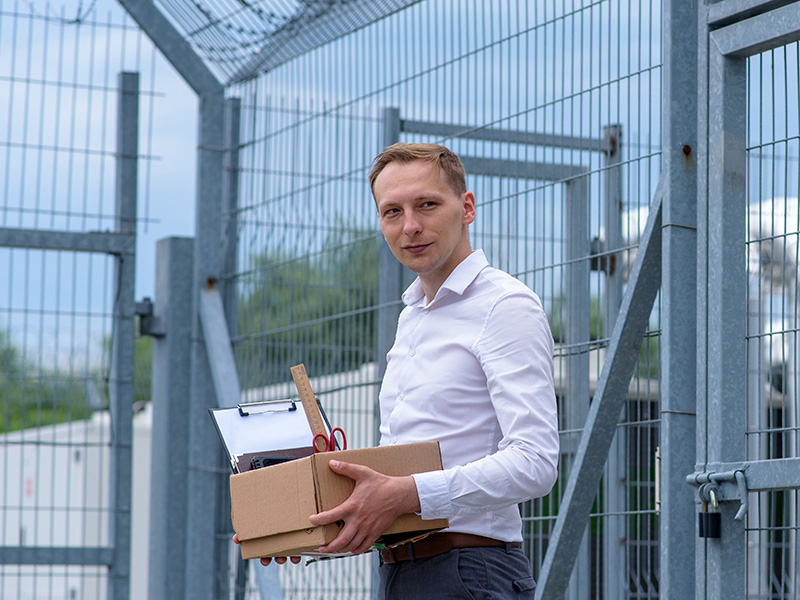The metaphors we use in education shape our approaches to problem-solving in subtle ways. For example, if we discuss a “battle” over curriculum, we automatically assume two opposing forces, minimizing the likelihood of collaboration. In recent years, I have spent a lot of time thinking about another pervasive metaphor: the educator “pipeline.”
I recently had a conversation with a respected local leader who is involved in a statewide effort to strengthen the so-called educator pipeline. I began to discuss the systems we use, and he offered a direct opening comment: “Unless you can tell me how rethinking the data feeding the pipeline will help a 4th grader in a local elementary school who can’t read, I’m not interested in this discussion.” I appreciated his bluntness, as well the focus on student outcomes.
I considered the question and offered: “What if I could tell you this 4th grader had underqualified or substitute teachers the past three years? Or if I knew the student’s teacher regularly completed professional development that was unrelated to literacy? Or…”
At that point, he was ready to discuss.
Reflecting on that conversation, my response was problematic because, currently, we can’t answer these questions. Despite significant investments in data systems, many of our most pressing policy questions are met with, “We don’t have access to that information.” I have authored reports on teacher supply and demand and completed mandated reporting in several states. The data was not seen as valuable or actionable; reporting was a compliance exercise.
How do we find ourselves in this position? While other industries enjoy the benefits of the Information Age, why is field of education blighted with inadequate metrics that live in siloed data systems?
The Educator Pipeline: True Pipeline or Garden Hose?
Every state has some sort of educator pipeline effort underway. I have sat on three committees on the subject. But can we even call what we have a pipeline? At the most basic level, what distinguishes a pipeline from, say, a garden hose, is that a pipeline is part of a larger, interconnected system, involving constant monitoring and adjustments. This currently does not describe states’ efforts related to the education workforce.
Obviously, natural resources like water or oil are different from the human capital that would “flow” through an educator pipeline. However, we can still learn from existing pipelines. In fact, we should look to them if we aspire to build true educator pipelines. Pipelines are designed to deliver resources where they are needed most. Our current educator systems deliver resources wherever they will be accepted, without considering local need or differentiation of talent. A true pipeline would connect exploration (recruitment), treatment (preparation), and delivery (placement), then continue to monitor and make adjustments.
Referring to teacher supply-and-demand issues as pipeline issues assumes that educator recruitment, preparation, certification, placement, induction, evaluation, development, and career advancement are part of a cohesive system with constant monitoring. They currently are not. Instead, we have isolated programs that focus on individual, unconnected parts. The “educator pipeline” label may have led to a false belief that we are trying to improve the system, but we lack the data infrastructure needed to understand or address systemic issues with the education workforce.
How True Pipelines Could Answer Education’s Most Pressing Questions
Removing data silos should also remove analytical silos—the spaces where we are unable to look beyond specific parts. Currently, states focus their resources on isolated solutions—scholarships to improve recruitment, lowering licensure requirements to increase educator supply, performance bonuses to address retention, and so on. If the policy question is “How do we attract more people to join the teaching profession?” without accounting for issues like retention or lack of support, this approach is unlikely to succeed. With true educator pipelines, we could ask more complex questions like, “How are teachers with advanced skills distributed across the state?” or “What classroom placements are most appropriate for novice teachers in my district?” We could design programs that recognize the complexity of an educator’s career development. And we would receive better information on our efforts.
Data alone will not solve our most persistent problems, but the lack of meaningful and comprehensive data will almost certainly reinforce the current approach, where isolated solutions fail and we cannot explain why. To start, states can modernize and streamline data collection from preparation programs, school districts, and vendors by implementing data interoperability standards like Ed-Fi to connect siloed systems. Then, educator profiles could track courses taught, evaluations, professional development, and other relevant career events. Finally, states can design robust reporting mechanisms that focus on answering complex questions.
From Pipeline to Data Culture
The more difficult work, at the state and local levels, is to build a larger data culture. Given the common posture of state agencies to serve compliance roles, our approach to data has become dysfunctional. Data must be viewed as valuable, not as a compliance tool. Over the past two decades, trust has eroded between state agencies and schools, and it will take time and purposefully designed initiatives to repair these relationships. None of the challenges facing the educator pipeline can be solved in a vacuum. Developing trust should be the north star for states as they build data cultures. Without trust and a collective will to address complex issues, we will likely continue using siloed, imperfect data to design narrow solutions for ill-defined problems.
It’s time to build true pipelines in education. Resources are available to do this difficult work, as is the technology to make it a reality. The best part is that there is no singular “correct” approach—states can build unique systems that account for local characteristics and needs, seek answers to complex policy questions, place a spotlight on imperfect metrics, and design solutions that address the connections across career stages. There has never been a greater opportunity to build meaningful data cultures in states, and, ultimately future-ready data systems.
Share:







